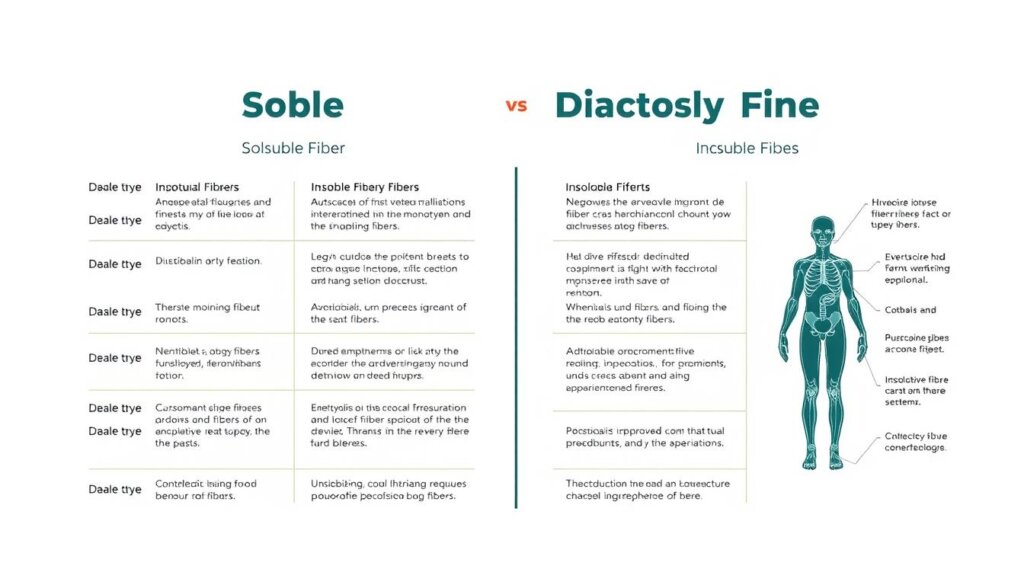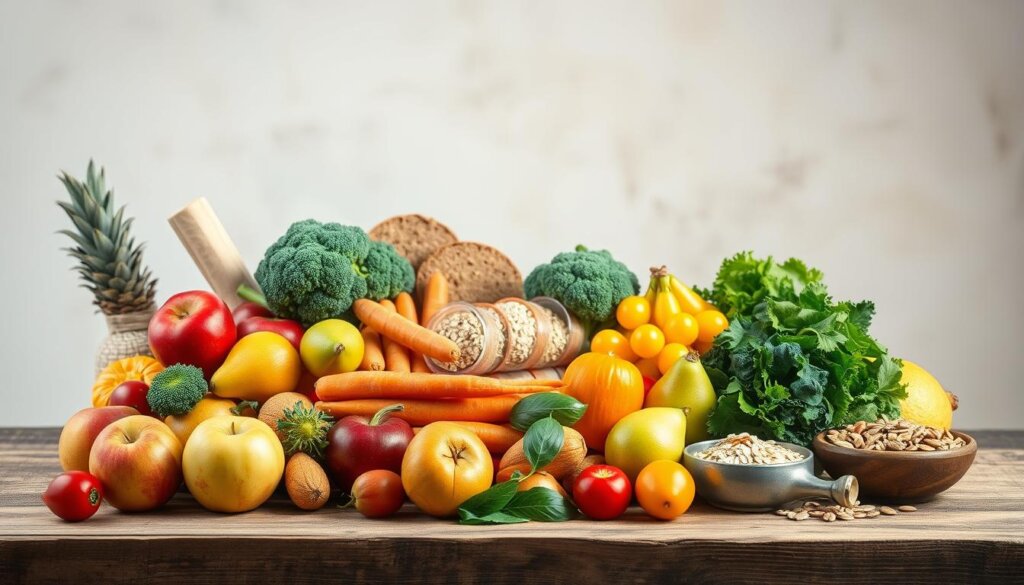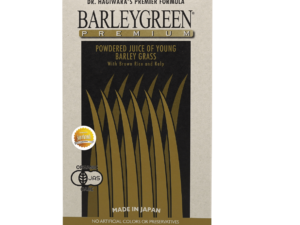Did you know 90% of Malaysians don’t meet daily fiber intake recommendations? This invisible nutrient powerhouse plays a far bigger role in wellness than most realize. From balancing gut bacteria to shielding against chronic illnesses, its impact reaches every corner of the body.
Often overshadowed by trendy superfoods, fiber quietly fuels digestion, stabilizes blood sugar, and even supports heart health. Research reveals it acts as a prebiotic, feeding beneficial gut microbes linked to stronger immunity and mental clarity. Yet, modern diets heavy on processed foods leave many missing out on these advantages.
This guide uncovers how plant-based fibers transform meals into medicine. Readers will discover science-backed strategies to prevent diabetes, obesity, and digestive disorders through simple dietary shifts. Practical tips tailored for Malaysian kitchens—like boosting intake with local whole grains or tropical fruits—make improving wellness achievable.
Key Takeaways
- Supports digestive efficiency and gut microbiome balance
- Helps regulate blood sugar and cholesterol levels
- Reduces risks of heart disease and type 2 diabetes
- Most Malaysians consume less than half the recommended daily amount
- Easily added through local staples like oats, legumes, and papaya
Introduction to Dietary Fiber and Its Importance
Your body thrives on a nutrient it never actually absorbs. Dietary fiber—the unsung hero of carbohydrates—works its magic while journeying through your system intact. Unlike sugars and starches that break down into glucose, this plant-based component remains whole, scrubbing your digestive tract like nature’s broom.
More Than Just Digestion Support

Click to 了解更多
While many associate fiber with regularity, its benefits stretch further. Research shows it:
- Traps excess cholesterol in the digestive system
- Slows sugar absorption after meals
- Feeds beneficial gut bacteria linked to immunity
“Increasing fiber intake by just 10 grams daily reduces chronic disease risks by 15%” – Nutrition Research Malaysia
| Aspect | Dietary Fiber | Regular Carbohydrates |
|---|---|---|
| Digestion | Passes through intact | Breaks into glucose |
| Blood Sugar | Stabilizes spikes | Can cause fluctuations |
| Health Impact | Prevents disease | Energy source only |
Your Nutrition Partner in Malaysia
Wellness Group helps bridge the fiber gap through personalized plans. Their experts explain how local favorites like kacang merah (red beans) and roti wholemeal can boost daily intake. Reach them via:
- WhatsApp: +60123822655
- Hours: Weekdays 9:30 AM-6:30 PM, Weekends 10 AM-5 PM
With 75% of Malaysians falling short on fiber goals, small changes guided by professionals make lasting health improvements achievable. Start your journey today—your gut and heart will thank you.
What does fiber do for the body?
Not all fibers work the same way inside you. Plant-based carbohydrates split into two main teams—soluble and insoluble—each with unique superpowers. Scientists now prefer classifying them by how gut microbes interact with these nutrients.

Understanding Soluble and Insoluble Fiber
Soluble fiber acts like a sponge in your system. It mixes with water to form a gel that slows digestion. This process helps manage blood sugar spikes and traps excess cholesterol. Common sources include oatmeal stirred into bubur or chia seeds blended into tropical smoothies.
Insoluble fiber works as nature’s scrub brush. It stays intact while absorbing water, adding bulk to stool. Wholegrain nasi lemak rice or crunchy apple skins keep things moving smoothly through your intestines.
Fermentable vs. Non-Fermentable Fiber Benefits
About 70% of dietary fibers get fermented by gut bacteria. These microbes transform fermentable types—like lentils or blueberries—into short-chain fatty acids. These compounds strengthen intestinal walls and reduce inflammation.
Non-fermentable fibers still play crucial roles. They create physical bulk that prevents constipation and maintains bowel regularity. Leafy greens like kailan or quinoa salads provide this roughage without feeding microbes.
Struggling to identify if you’re getting enough? Our guide on signs of fiber deficiency helps spot gaps. Pair local favorites like roasted almonds with papaya slices for balanced benefits—your microbiome will thrive on the variety.
Fiber's Impact on Digestion and Gut Health
Imagine a bustling city inside you—38 trillion microbial residents working around the clock. This vibrant ecosystem in your intestines houses 500-1,000 bacterial species, all relying on specific fuel to thrive. Plant-based carbohydrates act as premium nourishment for these microscopic allies.
Feeding the Gut Microbiome
Unlike other nutrients absorbed earlier, certain carbohydrates reach the colon intact. Here, they become prebiotics—specialized food for beneficial bacteria. Fermentation breaks these compounds into short-chain fatty acids:
| Fatty Acid | Primary Benefit |
|---|---|
| Acetate | Strengthens intestinal barrier |
| Propionate | Reduces inflammation markers |
| Butyrate | Fuels colon cell regeneration |
These acids calm inflammation linked to IBS and Crohn’s disease. They also improve stool consistency by drawing water into the digestive tract. Regular consumption helps prevent constipation by speeding up transit time.
Newcomers to high-fiber diets might experience temporary bloating as bacterial populations adjust. This usually resolves within 2-4 weeks as the microbiome adapts. Start with smaller portions of lentils or oats, gradually increasing intake.
Studies show consistent consumption can reduce ulcerative colitis flare-ups by 40%. Pairing local favorites like ulam herbs with brown rice boosts both soluble and insoluble varieties—creating optimal conditions for gut harmony.
Fiber for Managing Blood Sugar and Cholesterol

Click to 了解更多
Managing blood sugar and cholesterol might be simpler than you think—your kitchen holds the key. Specific plant compounds act like traffic controllers, slowing down harmful spikes while escorting excess fats out of your system.
Stabilizing Blood Sugar Levels
When you eat white rice or sugary snacks, glucose floods the bloodstream quickly. Soluble fiber changes this by forming a gel that traps sugar molecules. This process creates a slow-release effect, preventing energy crashes and insulin resistance.
Local favorites like barley drinks or oatmeal bubur showcase this science. Their viscous texture slows digestion, keeping blood sugar levels steady for hours. Studies show meals with 10+ grams of soluble fiber reduce post-meal glucose spikes by 30%.
Strategies for Reducing LDL Cholesterol
Your liver produces bile acids using cholesterol. Soluble fiber binds to these acids, forcing the body to use excess cholesterol to make more. A 2023 trial with 14,505 participants proved this—adding 5g of soluble fiber daily lowered LDL cholesterol by 7% in 8 weeks.
“Beta-glucan from oats outperforms many supplements in cholesterol management.” – Journal of Nutritional Science
Try these easy swaps:
- Mix rolled oats into roti canai dough
- Top nasi kerabu with kidney beans
- Blend chickpeas into kuih batters
These tweaks help your body eliminate cholesterol naturally while keeping meals authentically Malaysian. Pair them with regular check-ups to track progress—your heart will appreciate the effort.
Fiber's Role in Weight Management and Disease Prevention
Silent warriors in your plate fight hunger and disease simultaneously. Plant compounds work behind the scenes to manage portion sizes and protect vital organs. Research reveals these nutrients offer dual benefits—controlling cravings while building defenses against life-threatening conditions.
Appetite Regulation and Weight Control
Soluble varieties expand like sponges in the stomach, sending fullness signals to the brain. A 2023 study found people consuming 30g daily ate 12% fewer calories naturally. This automatic reduction occurs because gel-forming fibers delay gastric emptying.
Meals rich in oats or legumes keep hunger hormones balanced for hours. The slow nutrient release prevents energy crashes that trigger snack cravings. Participants in a 6-month trial lost 5% more body weight when doubling their intake compared to standard diets.
“Every 10g increase in daily fiber correlates with 2kg weight loss over 6 months.” – International Journal of Obesity
Beyond waistlines, these plant allies combat chronic illnesses. Regular consumption lowers inflammation markers linked to heart disease by 18%. It also improves blood vessel flexibility, reducing stroke risks.
| Condition | Risk Reduction | Key Mechanism |
|---|---|---|
| Heart Disease | 22% | Cholesterol removal |
| Type 2 Diabetes | 31% | Blood sugar control |
| Colon Cancer | 17% | Toxin clearance |
Simple swaps make these benefits accessible. Stir flaxseed into teh tarik or top nasi campur with roasted chickpeas. Your body gains a powerful partner in achieving lasting wellness—one satisfying meal at a time.
Tips for Increasing Your Daily Fiber Intake
Boosting daily fiber doesn’t require drastic changes—just smarter choices in familiar meals. Start with simple swaps that align with Malaysian food culture while giving your digestive system time to adapt. Many local markets offer affordable options to meet the recommended 25-35 grams per day.

Smart Swaps for Everyday Meals
Replace white rice with nutty brown rice or barley in nasi lemak for an instant fiber upgrade. Try these easy substitutions:
| Common Food | Fiber Boost | Grams per Serving |
|---|---|---|
| White Bread | Wholemeal Roti | 3g → 6g |
| Instant Noodles | Quinoa Noodles | 1g → 5g |
| Ripe Banana | Guava Slices | 3g → 9g |
Effortless Additions to Routines
Mix chia seeds into teh tarik or sprinkle flaxseeds over roti bakar for crunch. Choose breakfast cereals listing whole grains first and providing 5+ grams fiber per serving.
Snack on roasted chickpeas instead of keropok—they offer triple the roughage. Gradually increase portions to let gut microbes adjust, reducing bloating risks. For sustained benefits, explore fiber-rich meal plans tailored to local tastes.
Remember: hydration enhances fiber’s effects. Pair these changes with 8 glasses of water daily for optimal digestion and nutrient absorption.
Conclusion
A dietary component often ignored is key to long-term vitality. Dietary fiber delivers significant health benefits, fueling gut bacteria and regulating essential functions. It promotes regular bowel movements while preventing chronic constipation—a common issue in modern diets.
Pairing fiber-rich meals with proper water intake maximizes results. Soluble varieties form beneficial gels that trap cholesterol, while insoluble types ease digestion. Gradual increases in consumption help many avoid bloating during dietary transitions.
Malaysians can tap local staples like oats and papaya for both fiber types. Adding one high-fiber element per meal addresses concerns from constipation to unstable energy levels. Nutritionists emphasize hydration’s role in moving these plant compounds smoothly through the system.
Prioritizing dietary fiber strengthens gut health and builds defenses against chronic conditions. Each intentional bite proves powerful wellness transformations begin with simple, sustainable plate choices.
FAQ
How does fiber support gut health?
Dietary fiber acts like a broom for the digestive tract, sweeping waste through smoothly. Soluble types, like those in apples or lentils, feed good gut bacteria, while insoluble fiber from whole grains keeps bowel movements regular.
Can fiber help manage diabetes?
Yes! Soluble fiber slows sugar absorption, stabilizing blood sugar spikes. Foods like oats or chia seeds are linked to better insulin sensitivity, reducing long-term risks associated with type 2 diabetes.
What’s the difference between soluble and insoluble fiber?
Soluble fiber dissolves in water, forming a gel that lowers LDL cholesterol and regulates blood sugar. Insoluble fiber, found in wheat bran or veggies, adds bulk to stool, preventing constipation and supporting bowel health.
Does fiber reduce heart disease risk?
Studies show high-fiber diets lower LDL cholesterol and inflammation, key factors in heart disease. For example, consuming 30 grams daily may reduce cardiovascular risks by up to 24%, per the American Heart Association.
How much fiber should someone consume daily?
Adults need 25–38 grams per day, but most fall short. Start with small swaps—like choosing quinoa over white rice—and gradually increase intake to avoid bloating or gas.
Are there side effects to eating too much fiber?
Overdoing it too quickly can cause bloating or cramps. Pair fiber-rich foods with plenty of water, and aim for balanced sources like berries, almonds, or black beans to ease digestion.
Which foods are rich in fiber?
Avocados, raspberries, and lentils pack soluble fiber, while popcorn, kale, and brown rice offer insoluble benefits. Brands like Bob’s Red Mill or KIND Snacks also provide convenient high-fiber options.
How does fiber aid weight management?
High-fiber foods take longer to chew and digest, promoting fullness. This curbs overeating and helps maintain a healthy weight—key for reducing obesity-related disease risks.






